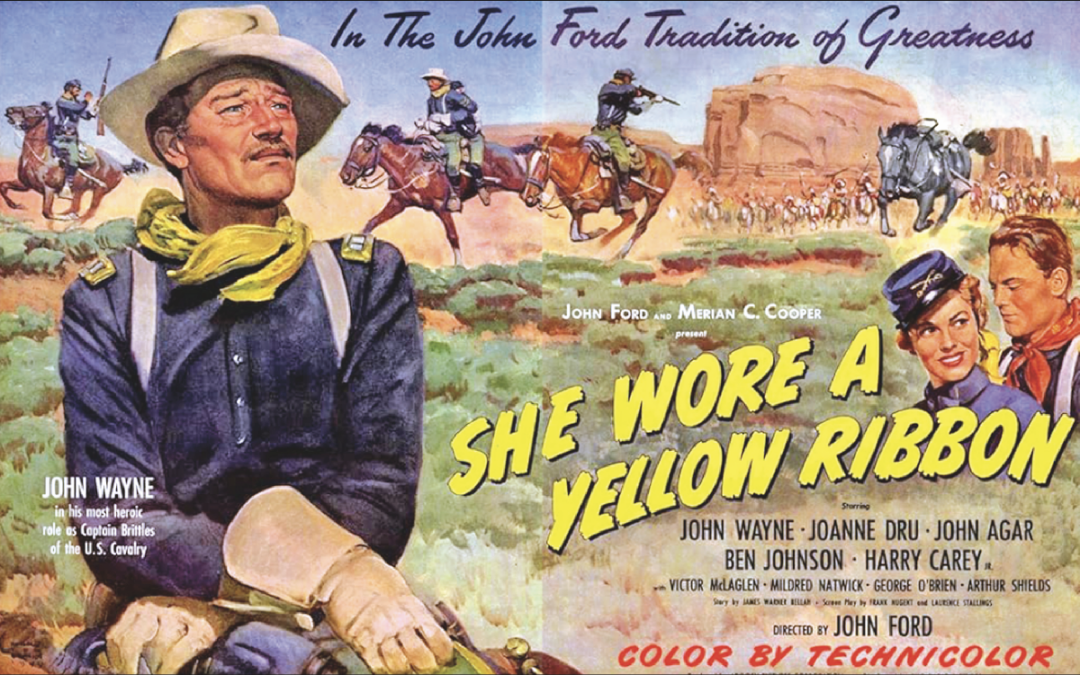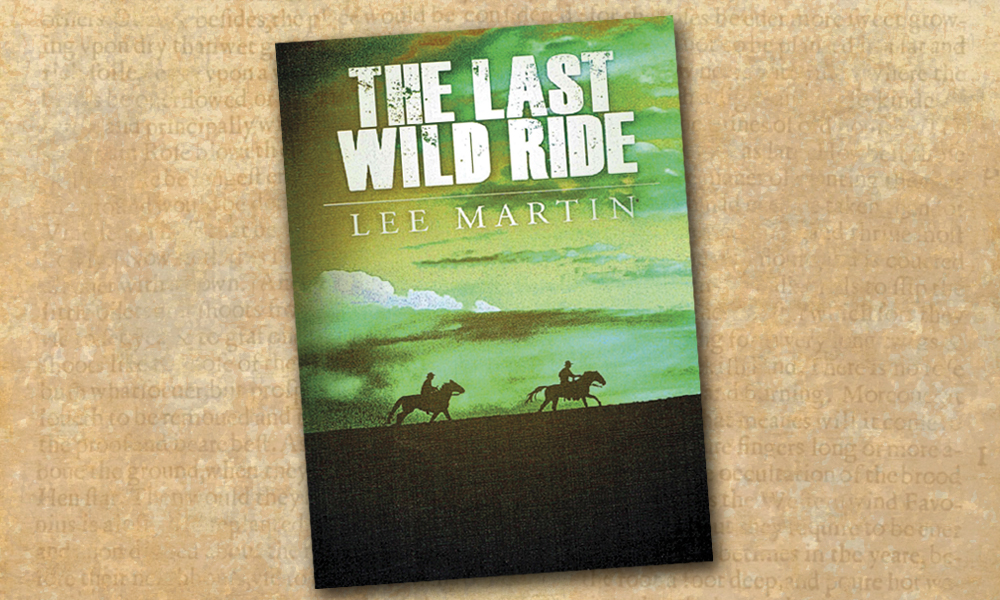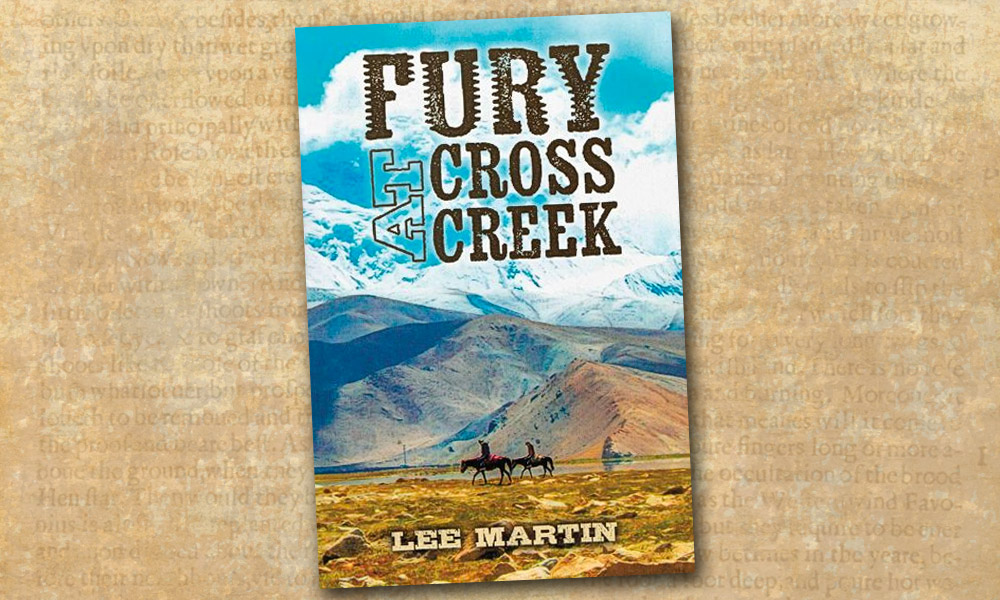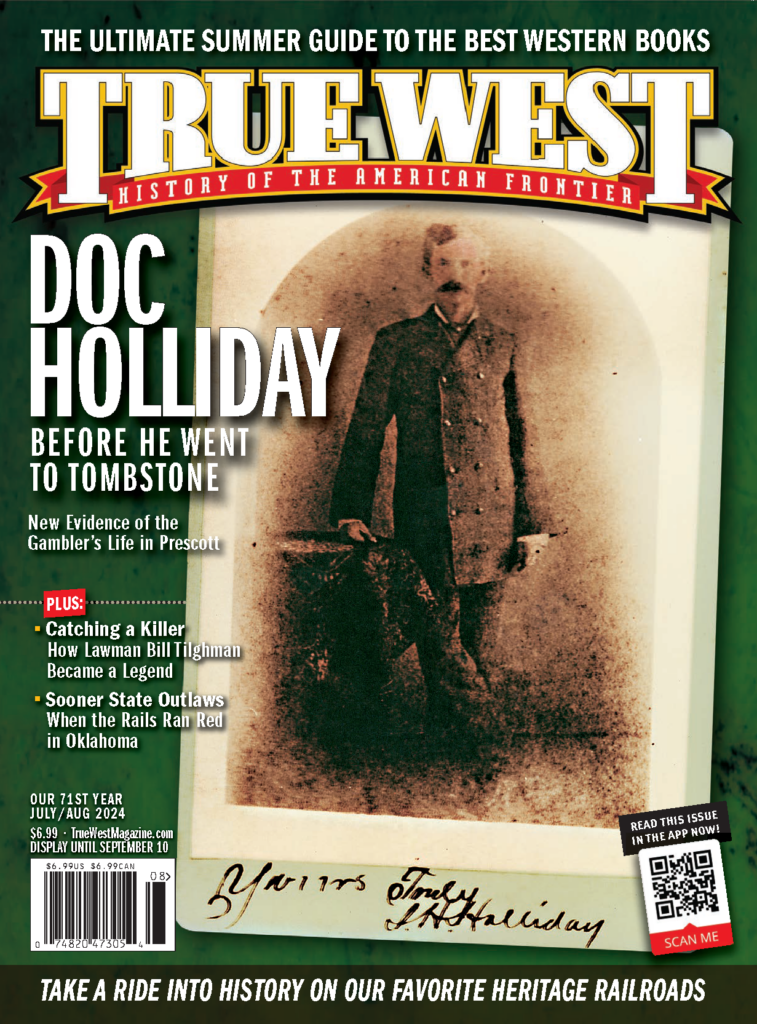Seventy-five years after its debut, John Ford’s second cavalry Western is considered one of the greatest Westerns.
She Wore a Yellow Ribbon, the centerpiece of John Ford’s celebrated trilogy of cavalry Westerns, turns 75 this year. The earlier film, Fort Apache, ended with the death of troopers led by an arrogant martinet (Henry Fonda) modelled on Custer. Yellow Ribbon begins immediately after the Battle of Little Bighorn, with an ominous gathering of tribes near Fort Starke. Captain Nathan Brittles (John Wayne), on the eve of retirement, must endanger his patrol and his mission in order to escort his commander’s wife and niece to safety.

Ford, the sole four-time Oscar-winning director, whose beloved Monument Valley will ever be known as Ford Country, didn’t actually set out to make a trilogy. As Michael F. Blake, author of the excellent The Cavalry Trilogy explains it, Ford, just returned from World War II, “wanted independence. Ford had just fought dictators, and the idea of coming back to Hollywood and having to work for a dictator like Jack Warner or Daryl Zanuck, wasn’t appealing.” Reuniting with King Kong producer Merian C. Cooper, with whom he’d made 1939’s Stagecoach, they revived their Argosy Productions, and promptly produced the well-reviewed but money-losing south-of-the-border drama, The Fugitive. Knowing that Argosy’s next film had better be profitable, they decided to return to Westerns, with excellent results.
The films could more accurately be called John Ford’s and James Warner Bellah’s Cavalry Trilogy, as all three were based on Bellah’s Saturday Evening Post short stories. Blake points out, “Ford always said he liked working with short stories because it’d give you a basic idea that you could grow from, rather than trying to [adapt] a novel,” where so much story must be cut out. While fine reading, Bellah’s stories were not traditionally cinematic: the butchery described would be hard to watch even by today’s film standards, and more of the story is in the characters’ minds than in their actions. But New York-born Bellah, a pilot for Britain during World War I, and a U.S. Army Infantry lieutenant during World War II, filled his tales with unusual characters, authentic details and sly insights into military thinking.


Wayne would tell Dan Ford, the director’s grandson, “Jack [Ford] never respected me as an actor until I made Red River” for director Howard Hawks, or as John Ford himself put it, “I never knew the big son-of-a-bitch could act!” Blake scoffs, “That’s the Ford Blarney! If you didn’t think he could act, why did you put him in Stagecoach or in Long Voyage Home? I think he saw Red River, and it was a competition: I’m gonna do one better.” Both performances would be high watermarks in Wayne’s career. But the pressure on Wayne was daunting. Harry Carey Jr. wrote about the nightly after-dinner poker game. “It must have been pretty hard on Duke. Here’s a man who’s carrying the whole picture on his shoulders, who has to know his lines perfectly, never miss his mark, and play cards every night, and lose.” Ford always had to win.
Much of the cast was made up of the fabled John Ford Stock Company, including Arthur Shields as the fort’s doctor; George O’Brien, a captain in Fort Apache and a major in Yellow Ribbon; and Victor McLaglen, Oscar-winner for Ford’s The Informer, as a sergeant in all three.

Tom Tyler, Wayne’s nemesis in Stage-coach, plays a wounded corporal whom Shields must operate on in a moving wagon. Ford no doubt cast Tyler in this heroic but stationary role because of his crippling rheumatic condition. The sentimental director looked after his aging actors—in the dance scene near the end, most of the officers’ wives are leading ladies of the silents, like Ruth Clifford, who’d been directed by Ford in 15 films since 1923.
New to the group were a pair of squabbling lieutenants, Harry Carey Jr., who’d just starred in 3 Godfathers for Ford, John Agar, from Fort Apache, and stuntman-turned-actor Ben Johnson as Sergeant Tyree, whom he’d reprise in Rio Grande.

There are two elements that set Yellow Ribbon apart from all other cavalry films, even Ford’s own: Winton Hoch’s Technicolor cinematography, and lack of violence. Hoch’s nighttime long-shot of the troops walking away, lit only by lightning, won him the Oscar—and Carey said Ford’s claim that Hoch balked at shooting it was nonsense.

There is some shooting, but no major battle scene—the violence we anticipate is averted, and you don’t miss it. The major action is Ben Johnson’s spectacular riding, evading the swarm of Indians who are after him. He was riding Steel, one of the greatest movie horses, who had been ridden by Gable and Peck, coveted by Joel McCrea. Hollywood Hoofbeats author Petrine Mitchum explains why Johnson, and not Wayne, got the best horse. “Fat Jones rented horses to the movies. Ben Johnson, an expert horseman, had dibs on Steel because he was married to Carole, Fat Jones’s daughter. John Wayne rode one of his favorite horses from the Fat Jones stable, Banner.”

Streaming Review
FRANK & JESSE (Streaming on Tubi, Roku, Pluto TV, Plex, and for rent on Prime Video)
Thirty years ago, following up on the success of Tombstone, Trimark released this direct-to-video gem, starring Tombstone’s Morgan Earp, Bill Paxton, as Frank James, and coproducer Rob Lowe as Jesse. Writer/director Robert Boris delivers a tension-filled story—more fact than fiction, and a thoughtful and finely acted film whose elegant art direction, costuming and cinematography belies what was presumably a modest budget. The gunplay, riding and other action are exciting, and the Arkansas locations lend beauty and authenticity. Along with Lowe and Paxton, convincing and sympathetic in their strained relationship, the cast includes terrifying Luke Askew as a lethal railroad representative, William Atherton as the driven Allen Pinkerton, Dana Wheeler-Nicholson (the first Mrs. Wyatt Earp) as Mrs. Frank James, and Randy Travis, who is a revelation as Cole Younger.

Western Spirit Presents: SHOWDOWN! At the Scottsdale Museum Corral
WESTERN MOVIE MATINEES! 25 Classic Westerns • Sundays & Thursdays • 2:00 pm
Classic Westerns playing all summer long.

True West magazine has joined forces this summer to screen 25 classic Westerns at Western Spirit: Scottsdale’s Museum of the West. Films include, Rio Bravo, above, The Searchers, Tombstone, Unforgiven, Pale Rider, High Noon and Shane, among many others. For the full listing and dates, go to scottsdalemuseumwest.org.
Plus, additional commentary on movies will be provided by our editor, Stuart Rosebrook, and our film editor, Henry Parke.

If you want to enjoy the very best Westerns ever filmed and be educated on how they came to being made—and most importantly—how much, if anything, on the screen really happened, come join us for a rip-roarin’ time.






